Wireless standards evolve over time, as does technology in general. While the iPhone 13 supports Wi-Fi 6, Apple is expected to come with more advanced Wi-Fi 14E technology in the iPhone 6, as well as in its upcoming AR and VR headset. But what does this designation mean and what is it actually good for?
What is Wi-Fi 6E
Wi-Fi 6E represents the Wi-Fi 6 standard, which is extended by the 6 GHz frequency band. This band, which ranges from 5,925 GHz to 7,125 GHz, thus extends the currently available spectrum by 1 MHz. Unlike existing bands where channels are packed into a limited spectrum, the 200 GHz band does not suffer from channel overlap or interference.
Simply put, this frequency offers higher bandwidth and higher speed and lower latency. Whatever we do on the network with a device with this technology, we will get an "answer" that much faster than with Wi-Fi 6 and earlier. Wi-Fi 6E thus opens the door for future innovations, such as not only the aforementioned augmented/virtual reality, but also streaming video content in 8K, etc.
So, if you ask yourself why we actually need Wi-Fi 6E, you will get the answer in the form of the reason for the increasing number of devices, due to which there is a denser traffic on Wi-Fi and thus congestion of the existing bands. The novelty will thus relieve them and bring the necessary technological innovation precisely in its speed. This is also because the channels (2,4 and 5 GHz) on the newly opened band do not overlap, and therefore this whole network congestion is greatly reduced.
It could be interest you
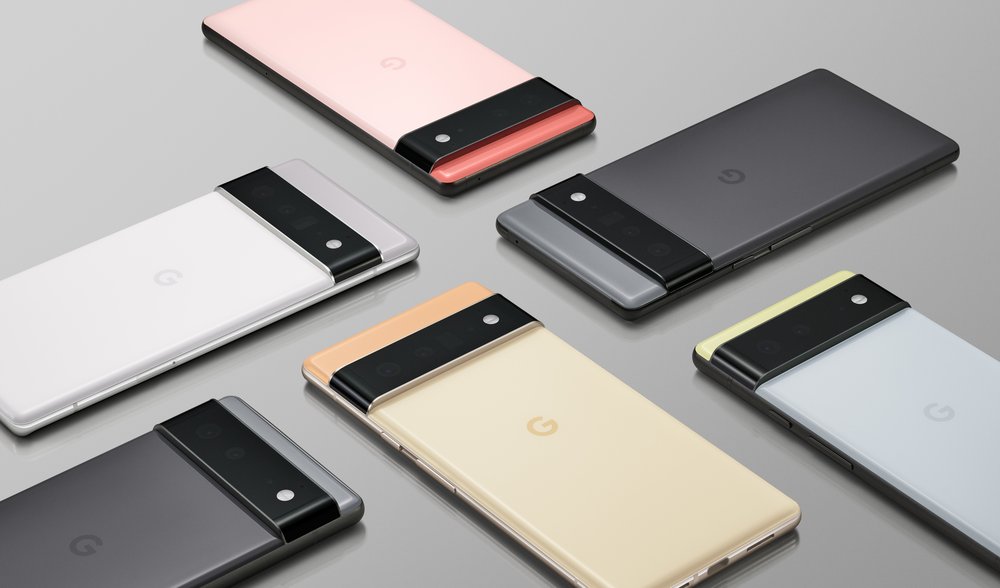
Wider spectrum – greater network capacity
Since Wi-Fi 6E provides seven additional channels with a width of 120 MHz each, there is a doubling of bandwidth with its throughput, thanks to which they allow more simultaneous data transfers, at the highest possible speed. It simply doesn't cause any buffering latency. This is precisely the problem with the existing Wi-Fi 6. Its advantages cannot be fully realized precisely because it is available in existing bands.
Devices with Wi-Fi 6E will be able to work on Wi-Fi 6 and other previous standards, but any devices without 6E support will not be able to access this network. In terms of capacity, this will be 59 non-overlapping channels, so places like sports arenas, concert halls and other high-density environments will provide much more capacity with less interference (but if we can visit similar institutions in the future, and we will appreciate this).
The situation in the Czech Republic
Already at the beginning of August, the Czech Telecommunications Authority announced (read it on page 2 of this document), that he is working on establishing the technical parameters and conditions for Wi-Fi 6E. This is also due to the fact that the EU decided to adopt it, thereby imposing on the member states, and therefore also on us, to make this band available. However, this is not a technology that should reach us with some delay. The problem is rather elsewhere.
It could be interest you
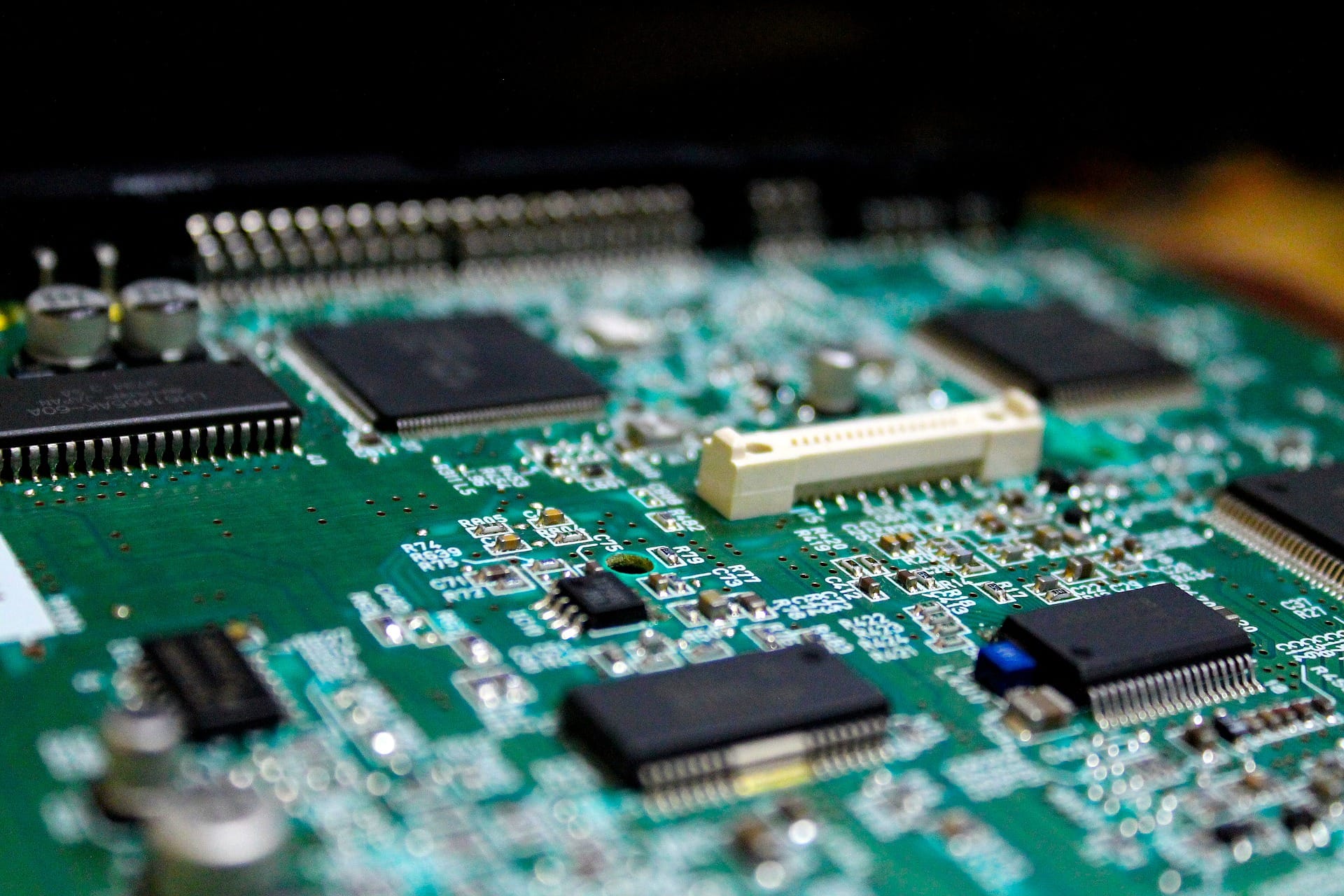
Wi-Fi chips need components known as LTCC (Low Temperature Co-fired Ceramic), and the Wi-Fi 6E standard requires a little more of them. And we all probably know how the market is at the moment. It is therefore not a question of if, but rather when, depending on the production of chips, this standard will be widely deployed in new devices.
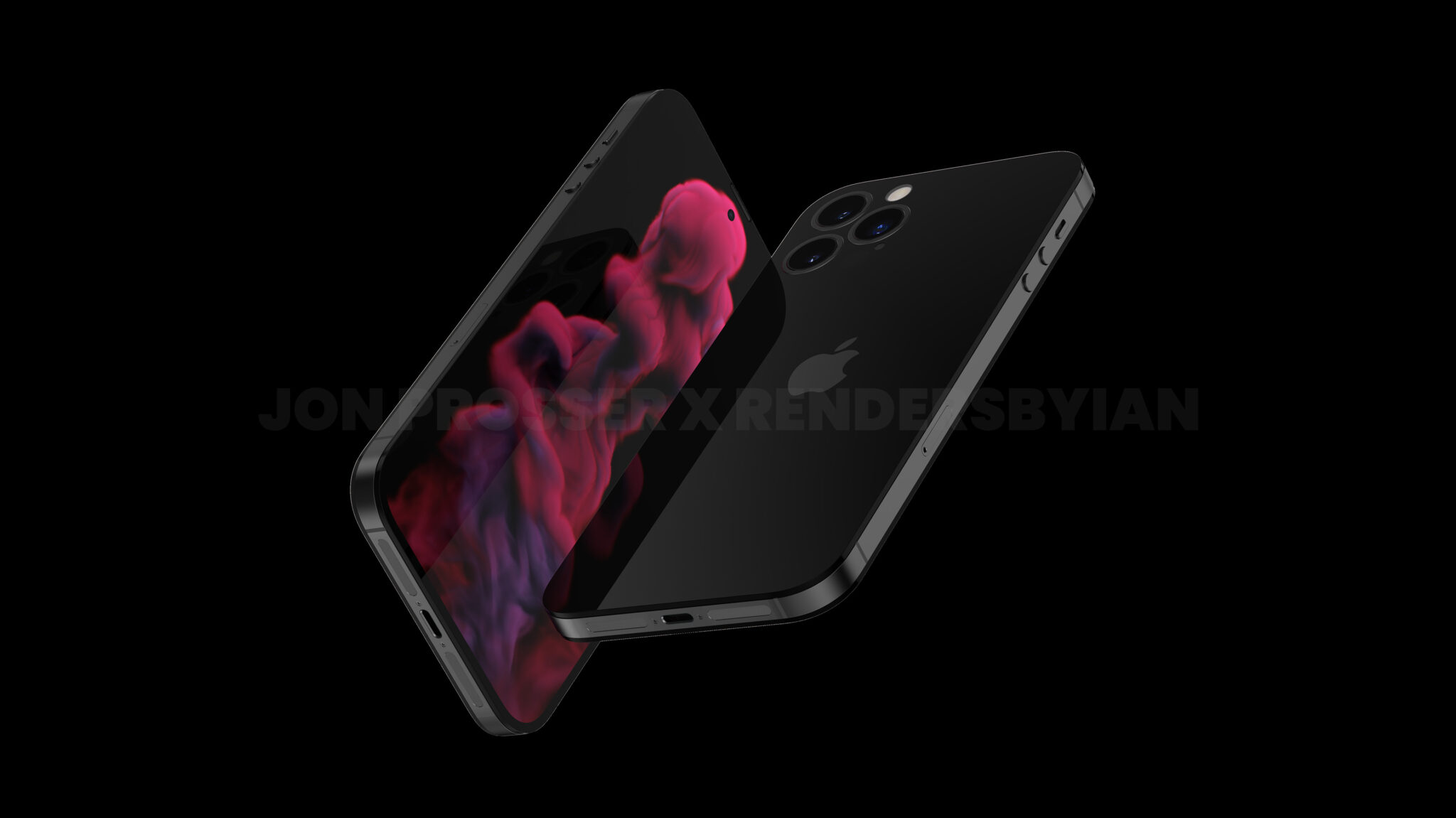
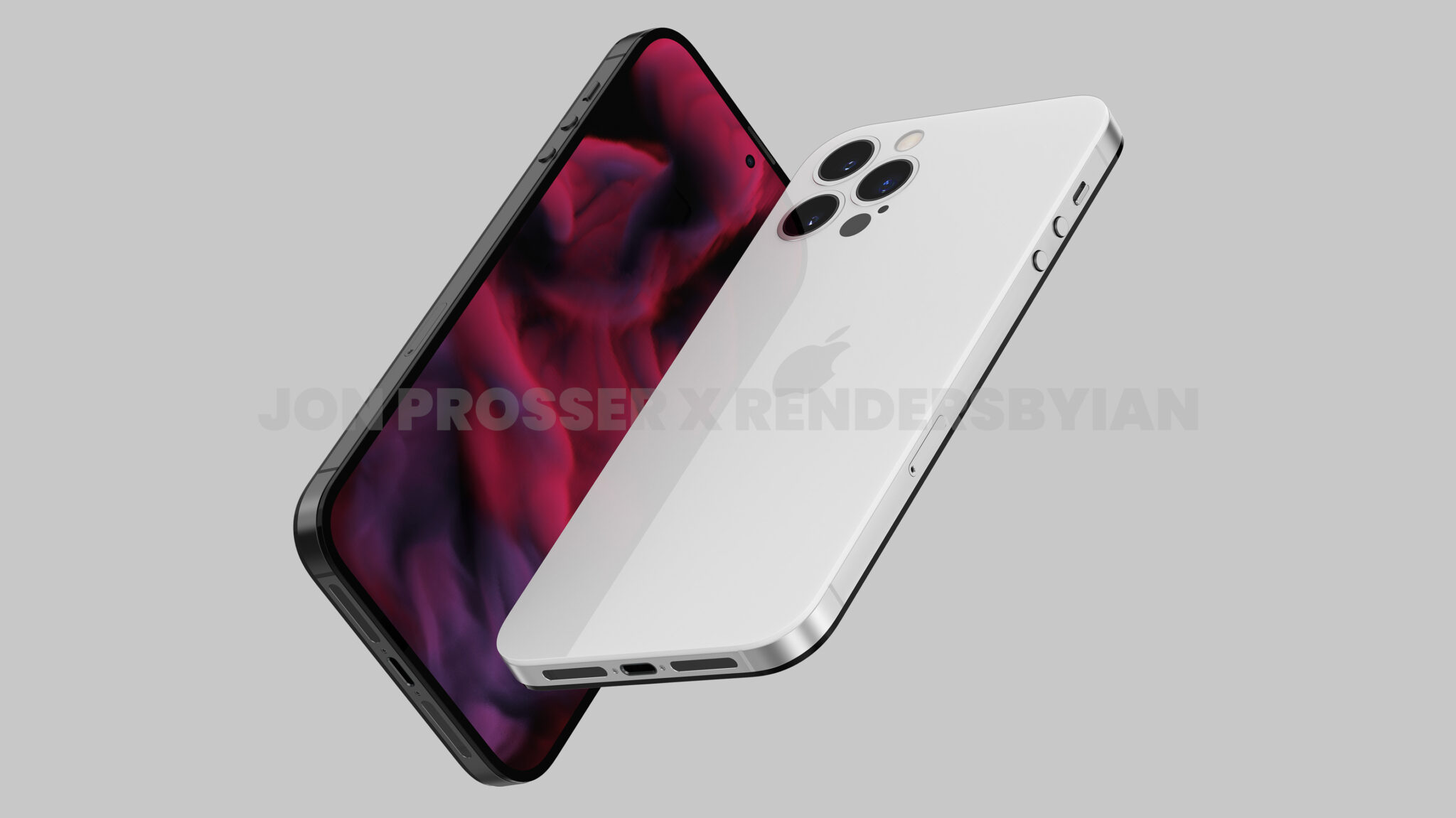
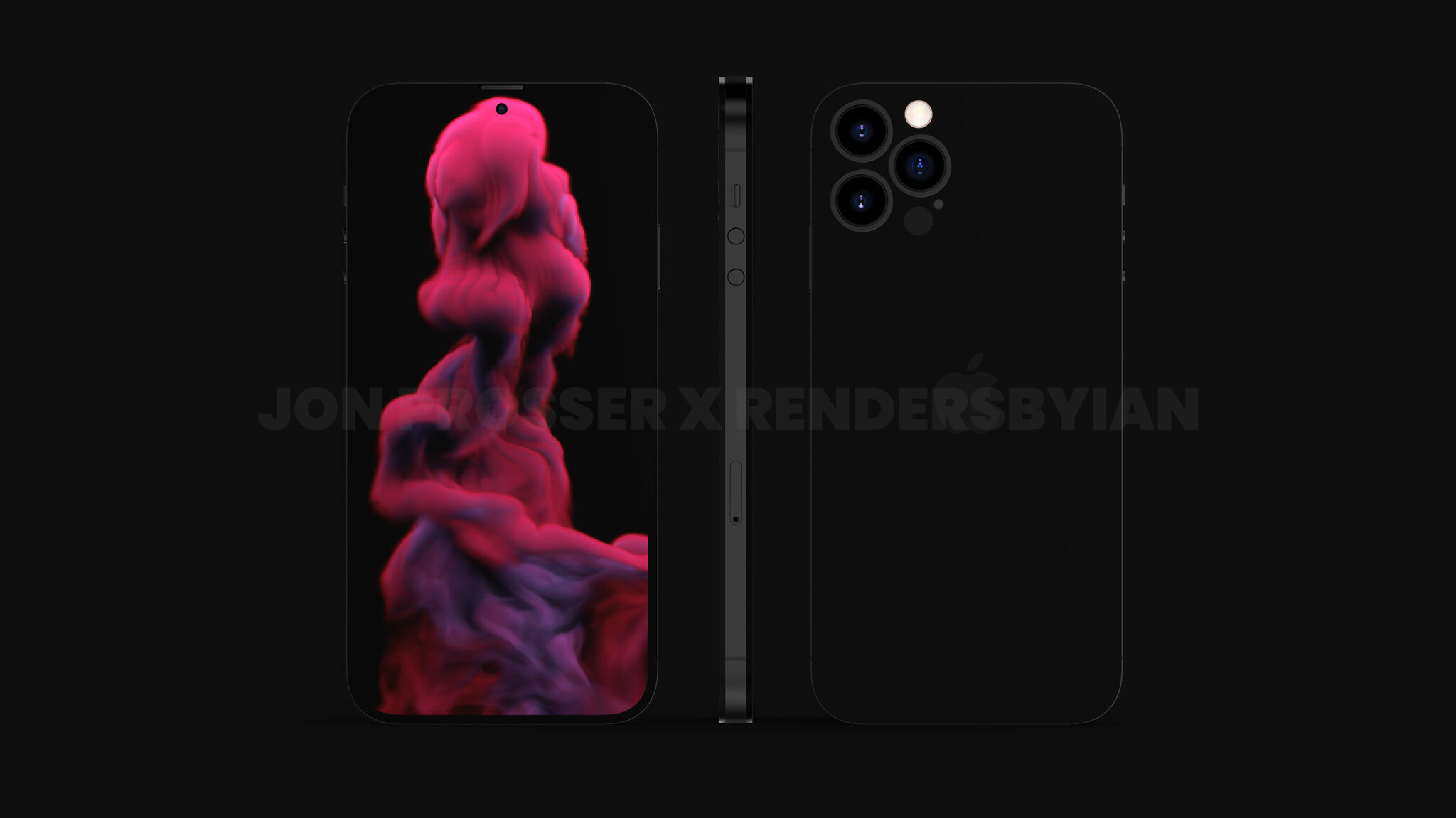
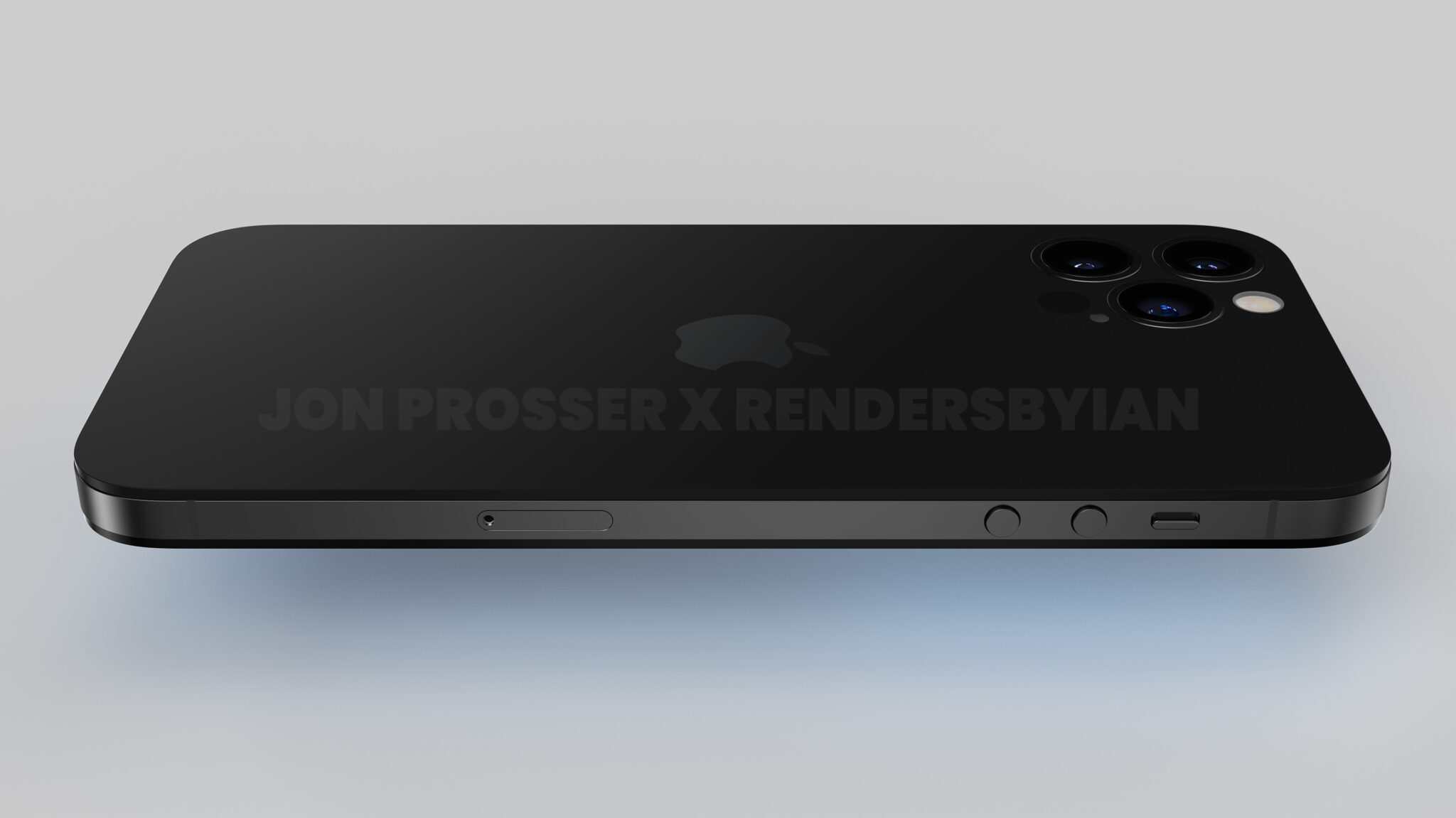
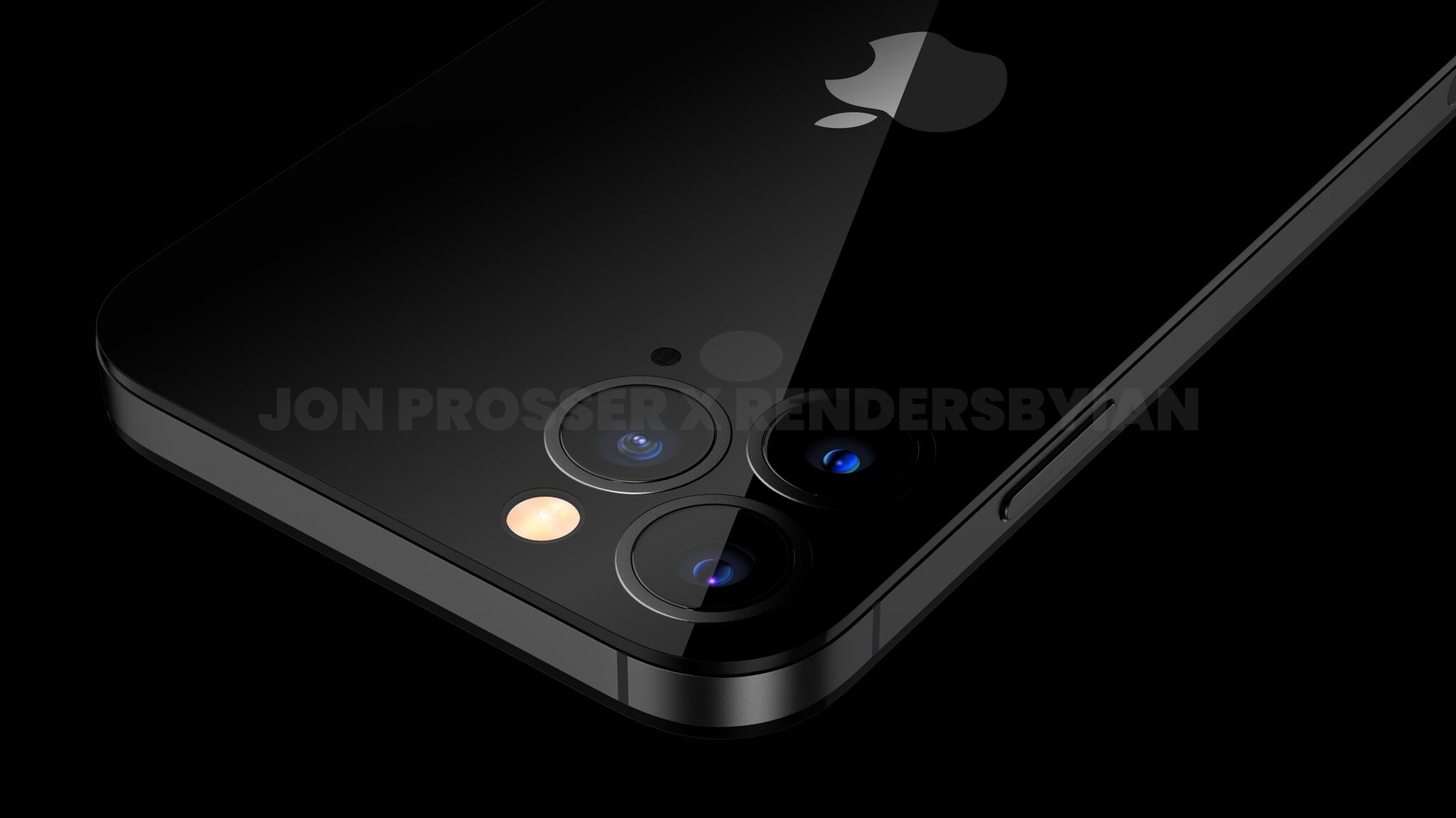
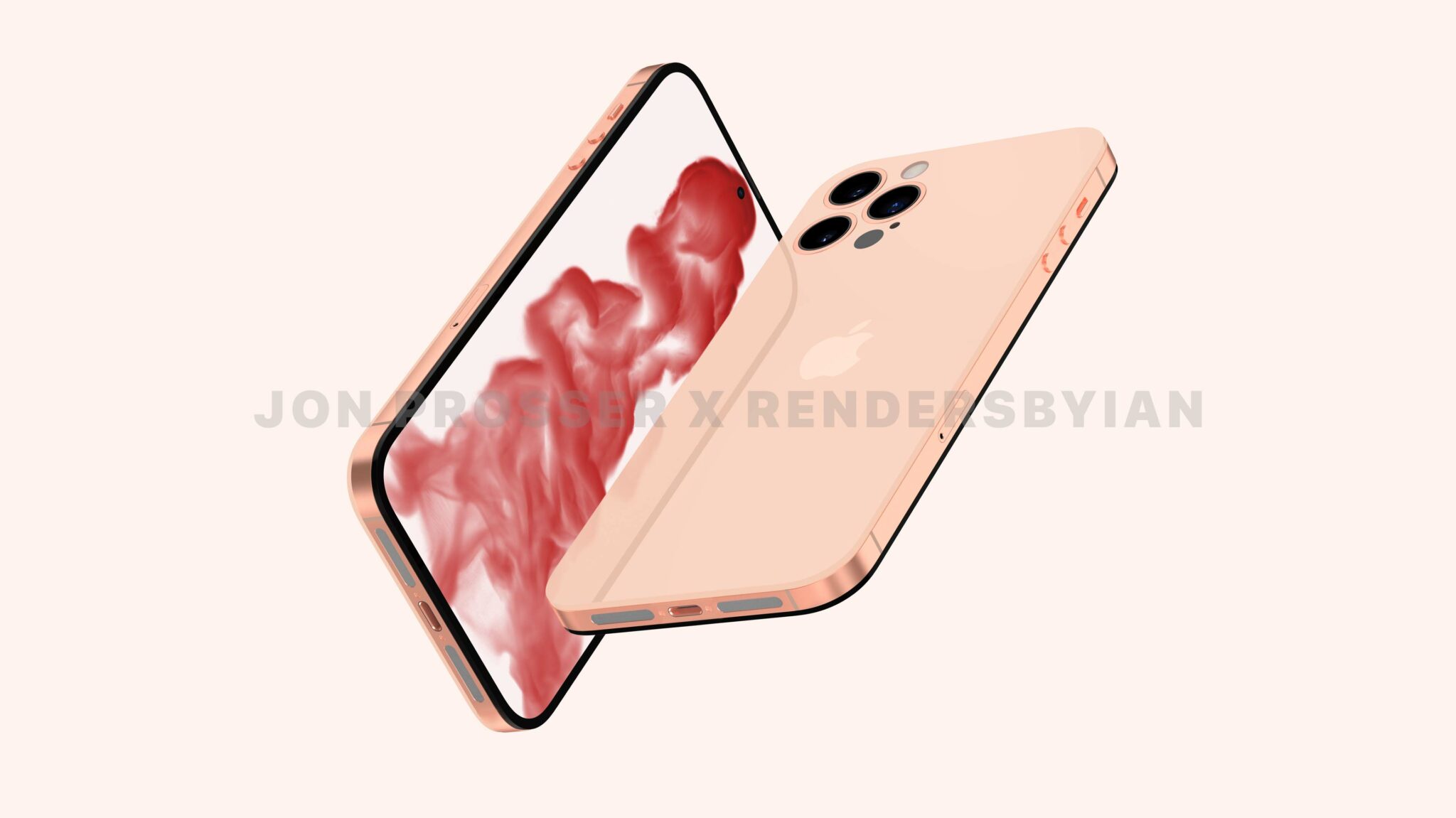
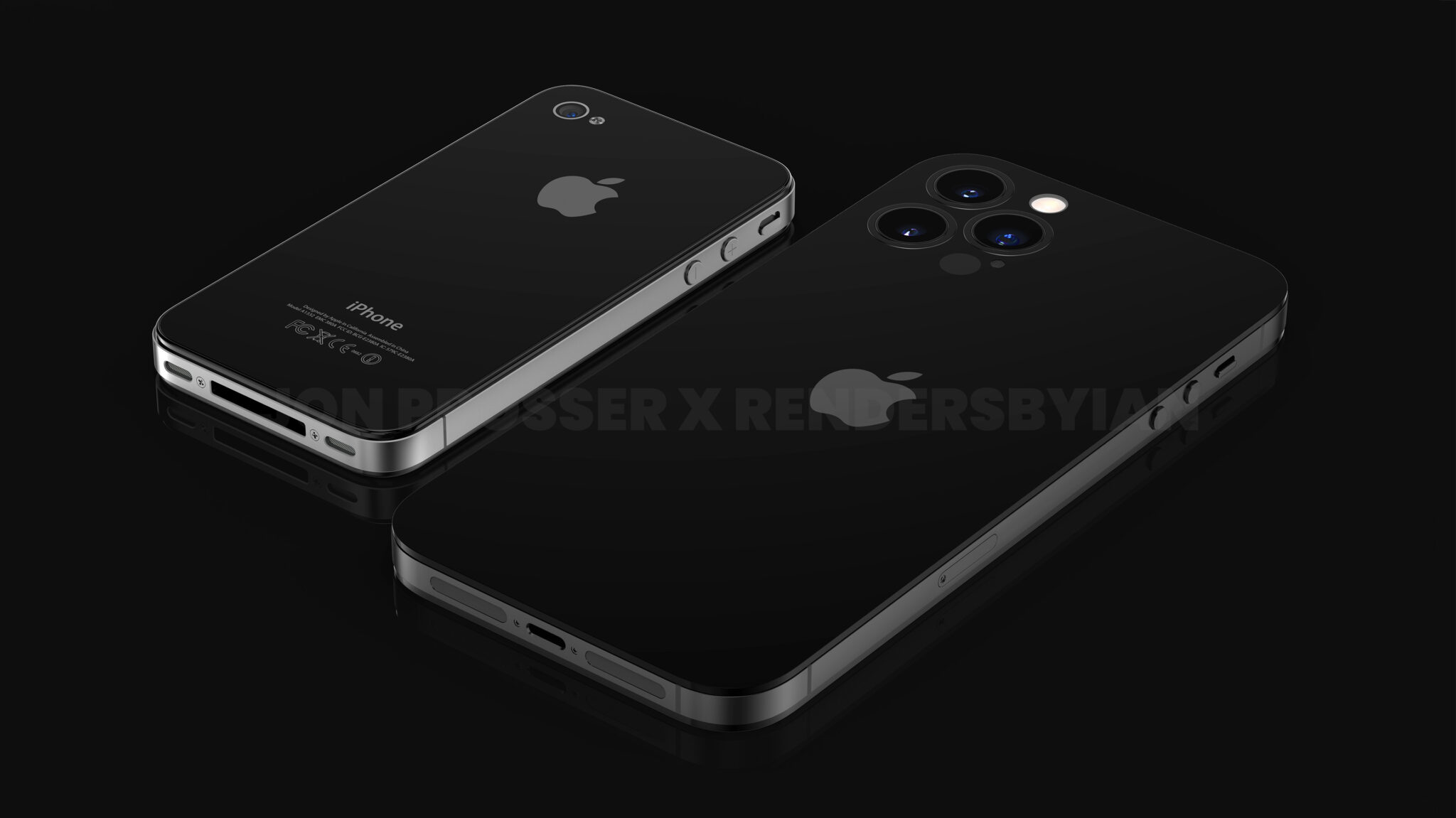
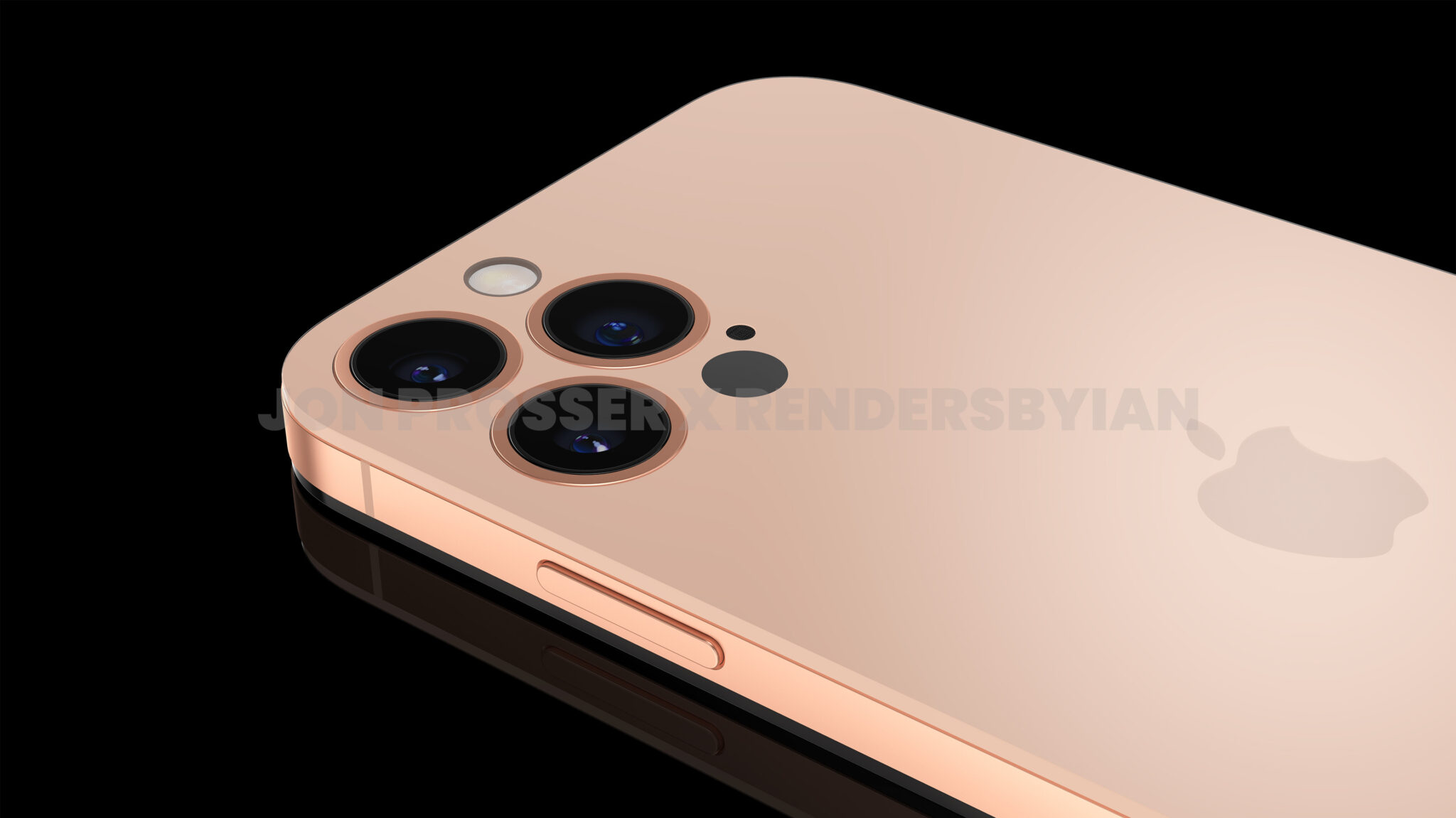
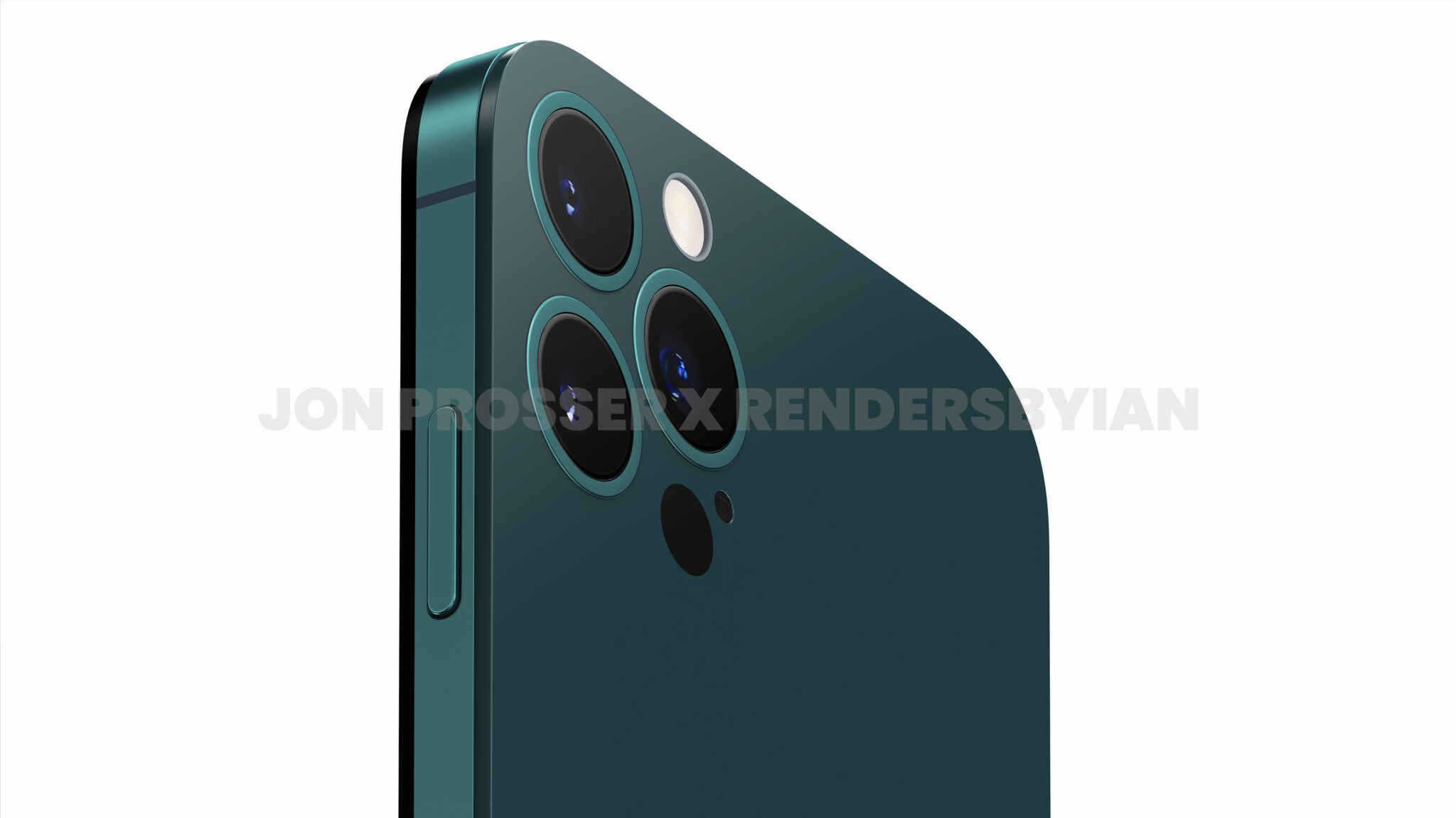
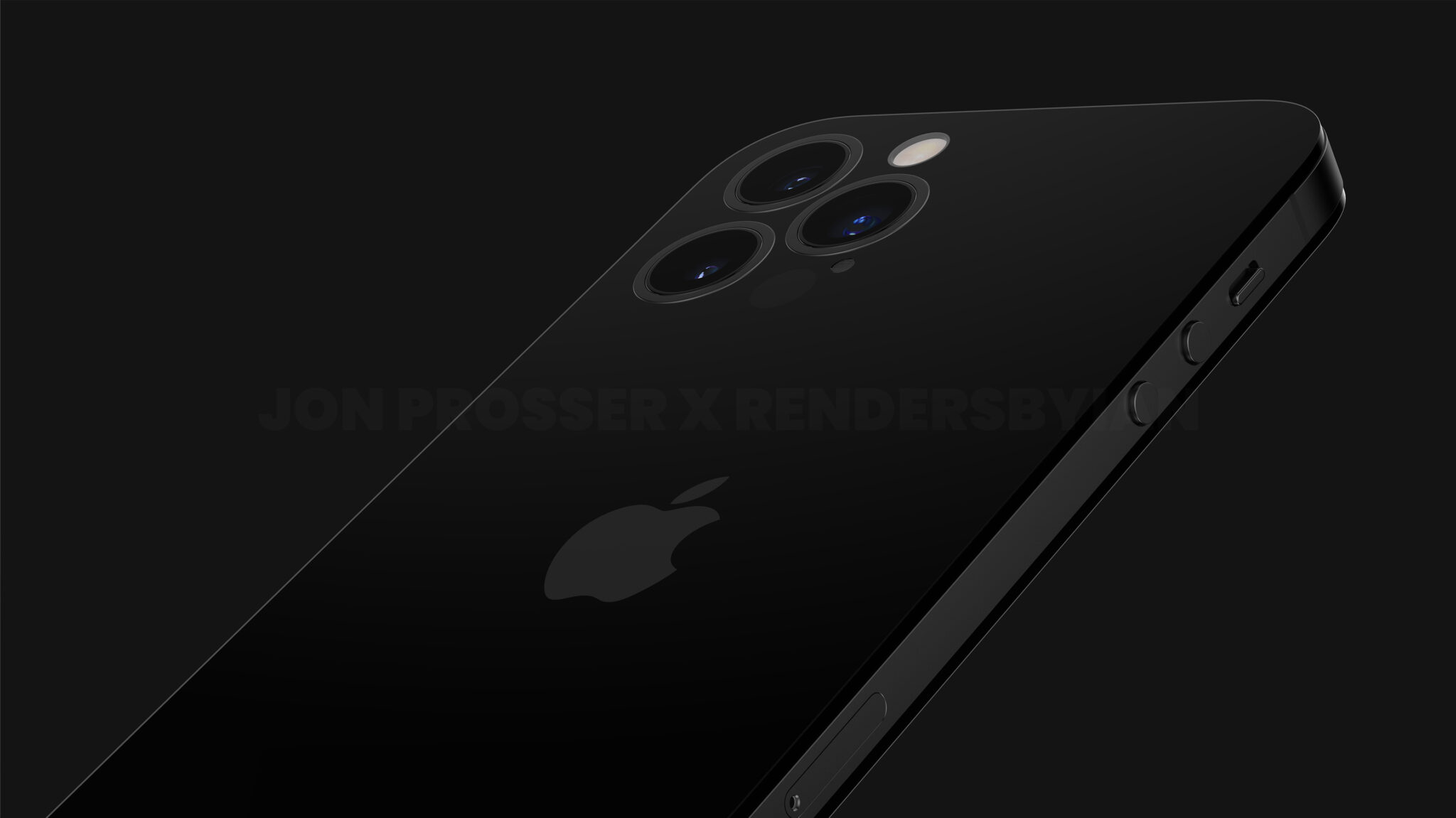

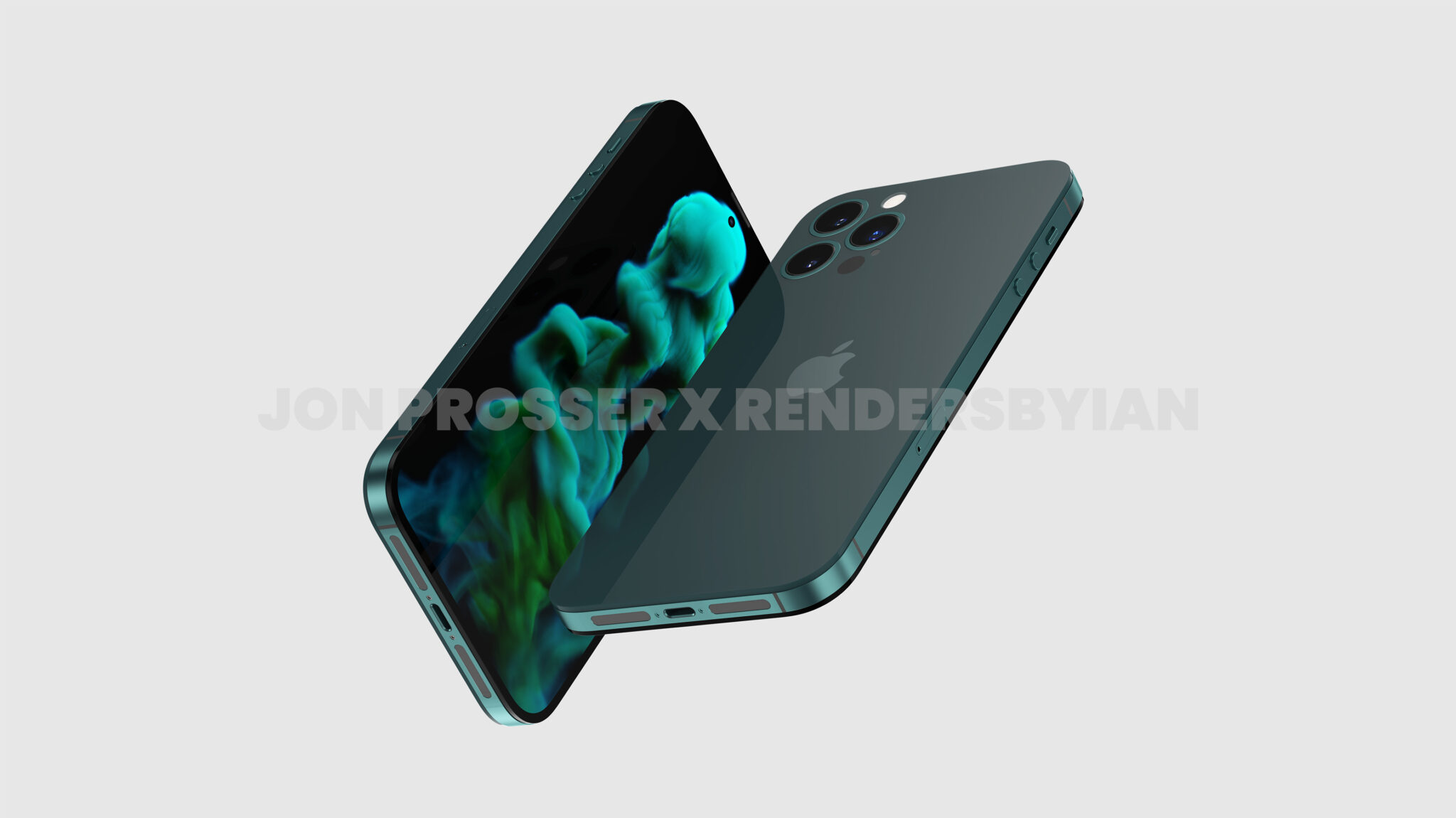

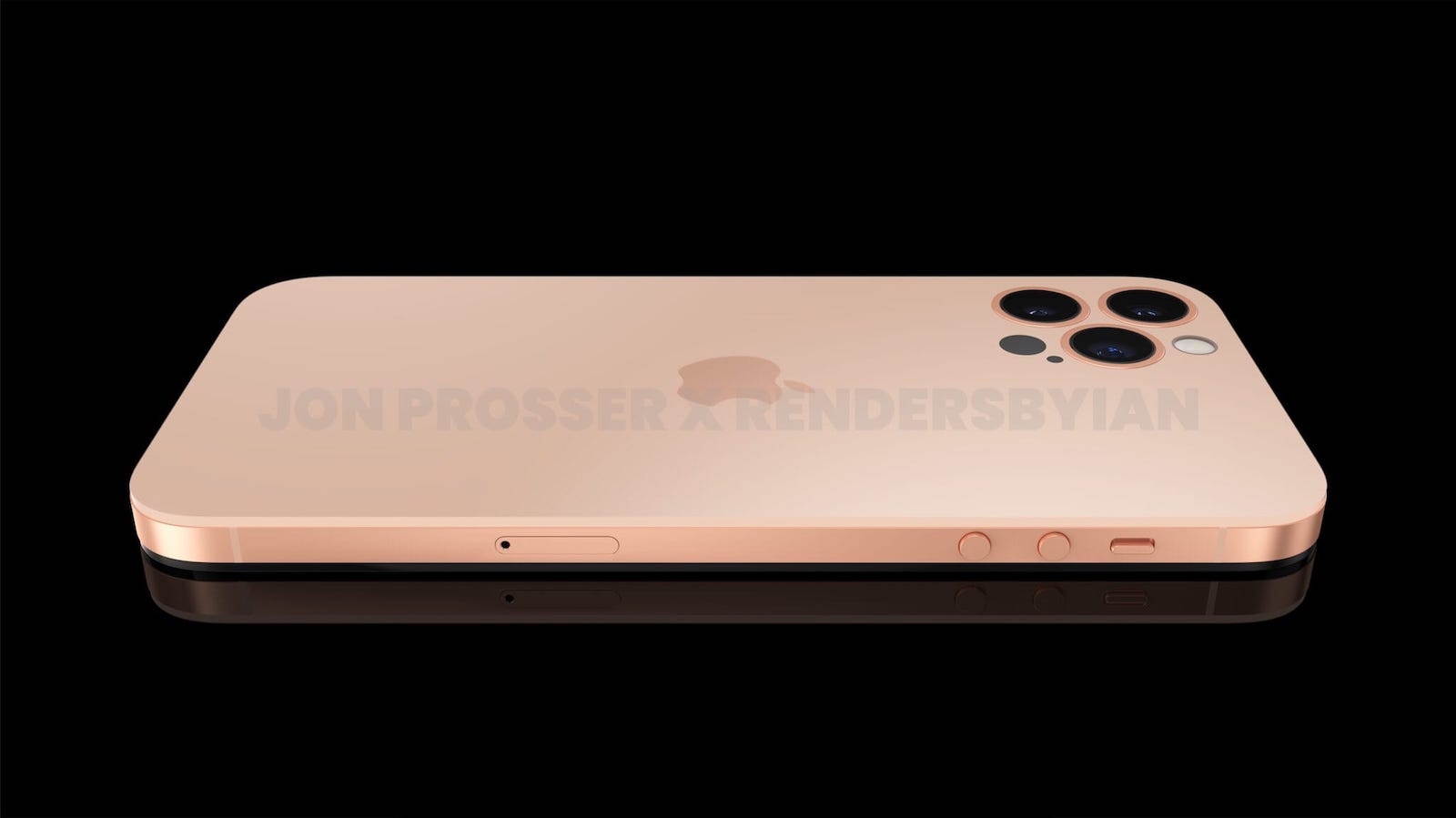



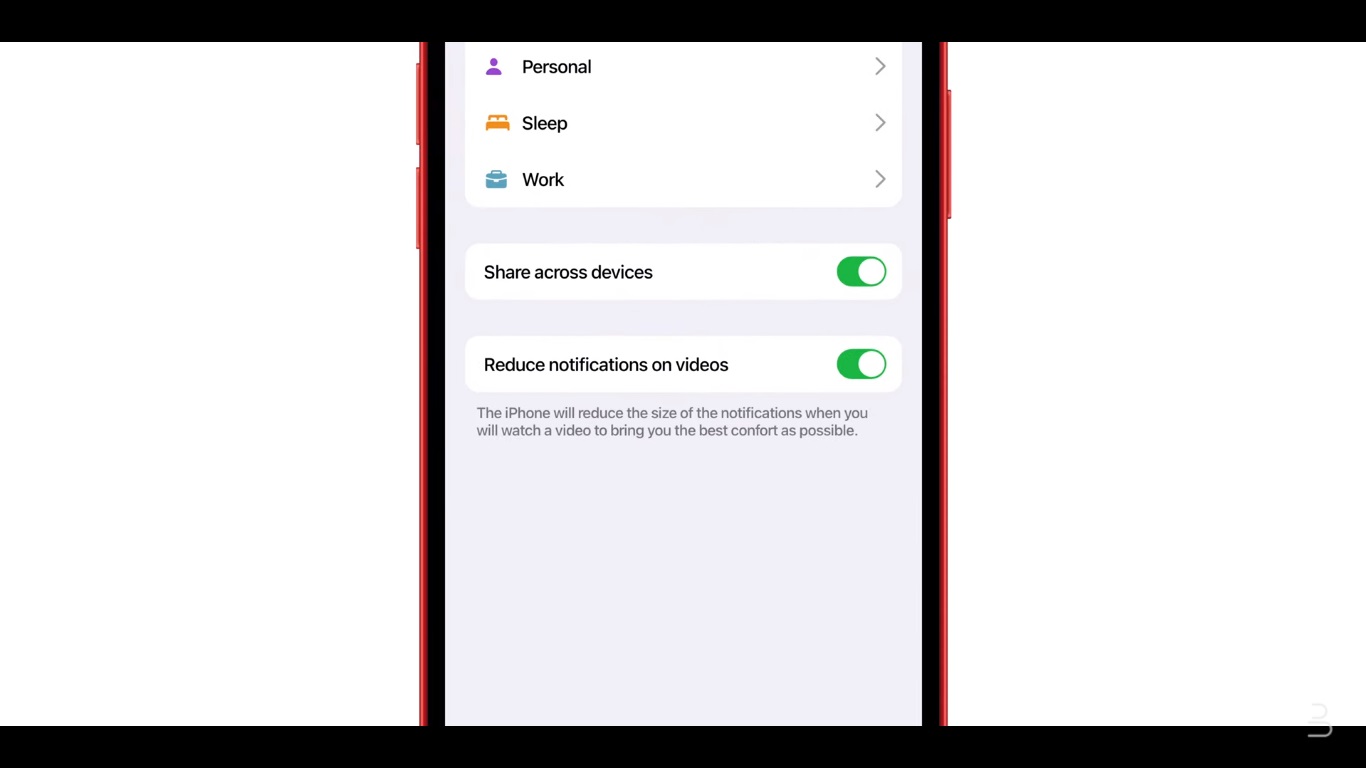
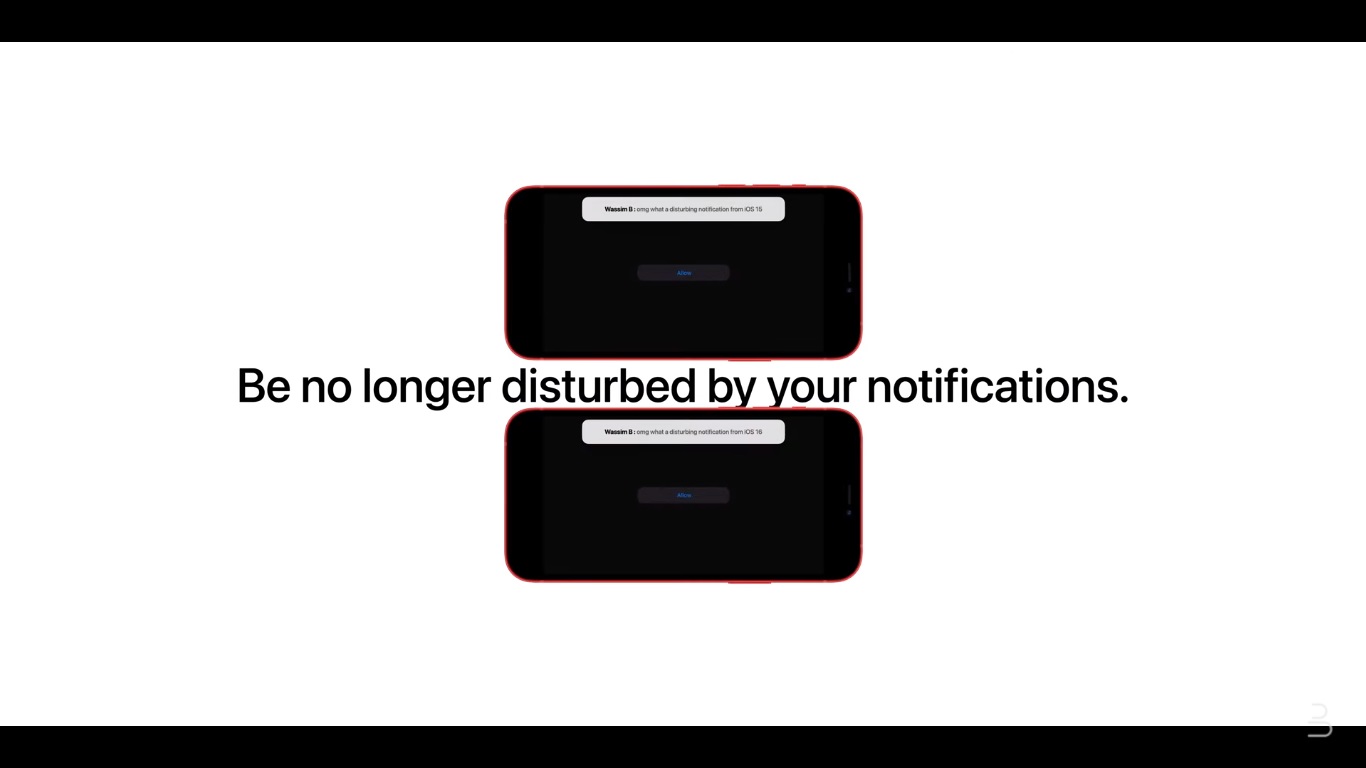
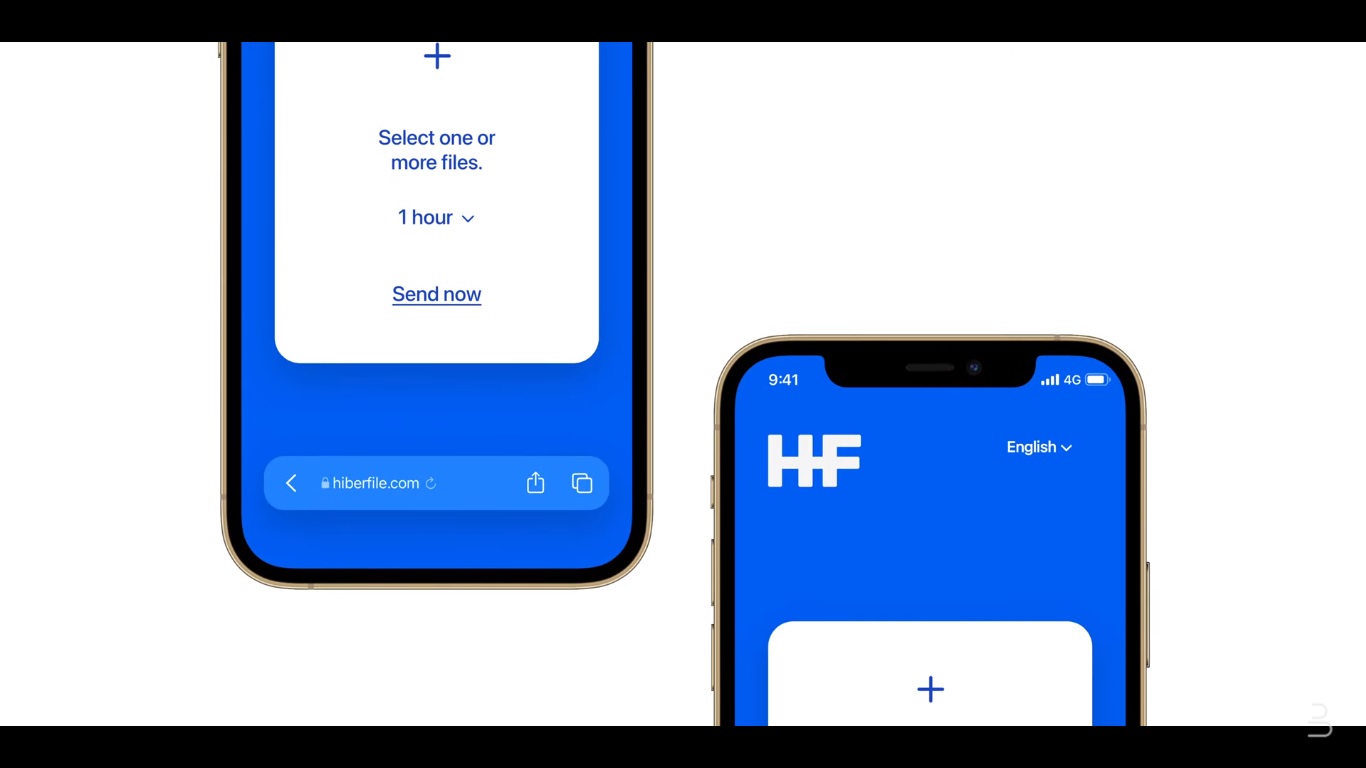

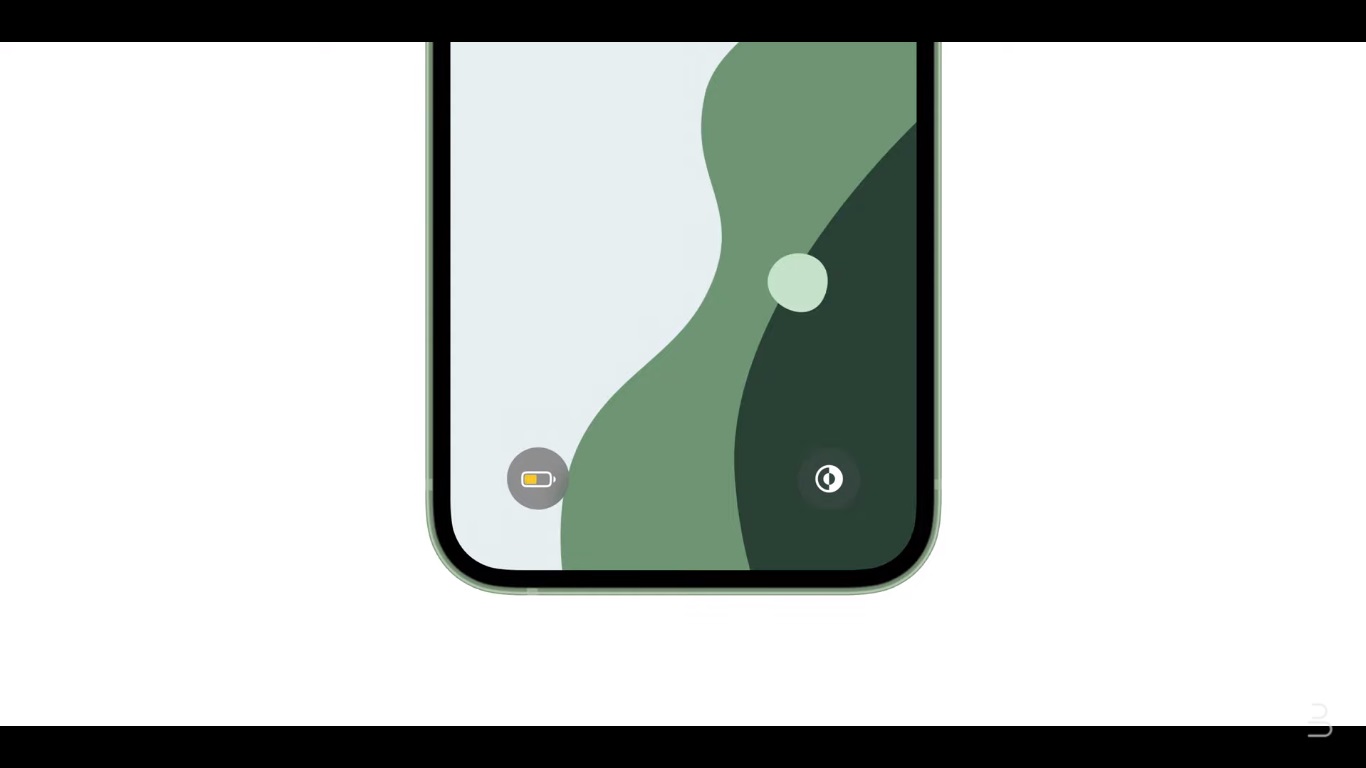
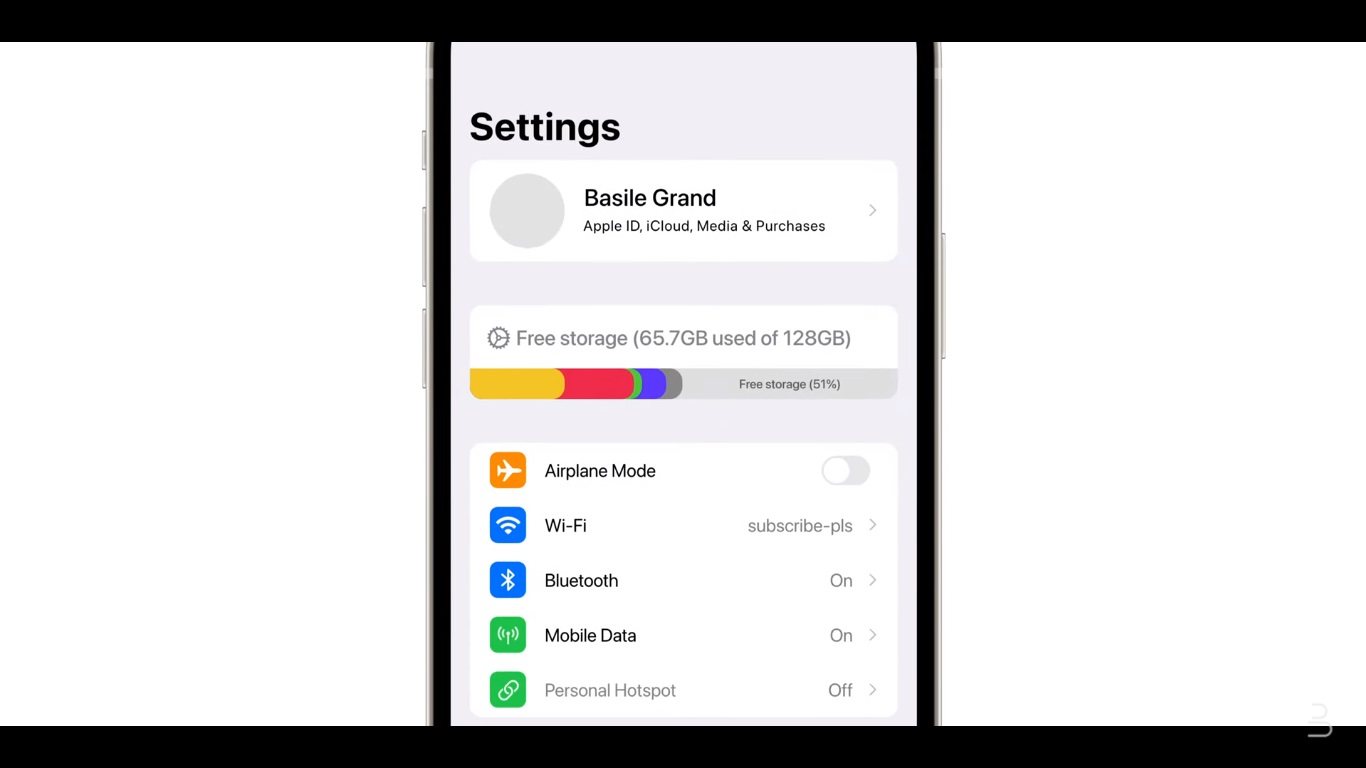
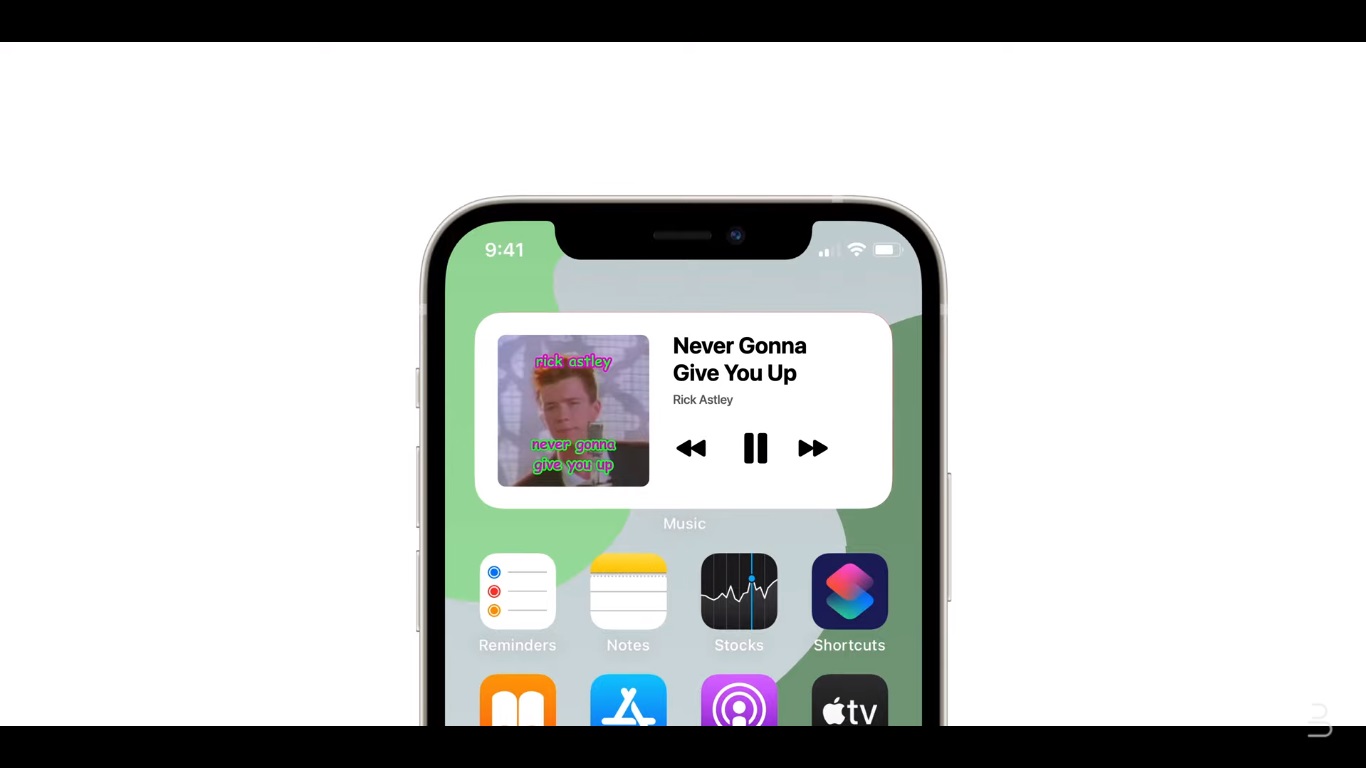
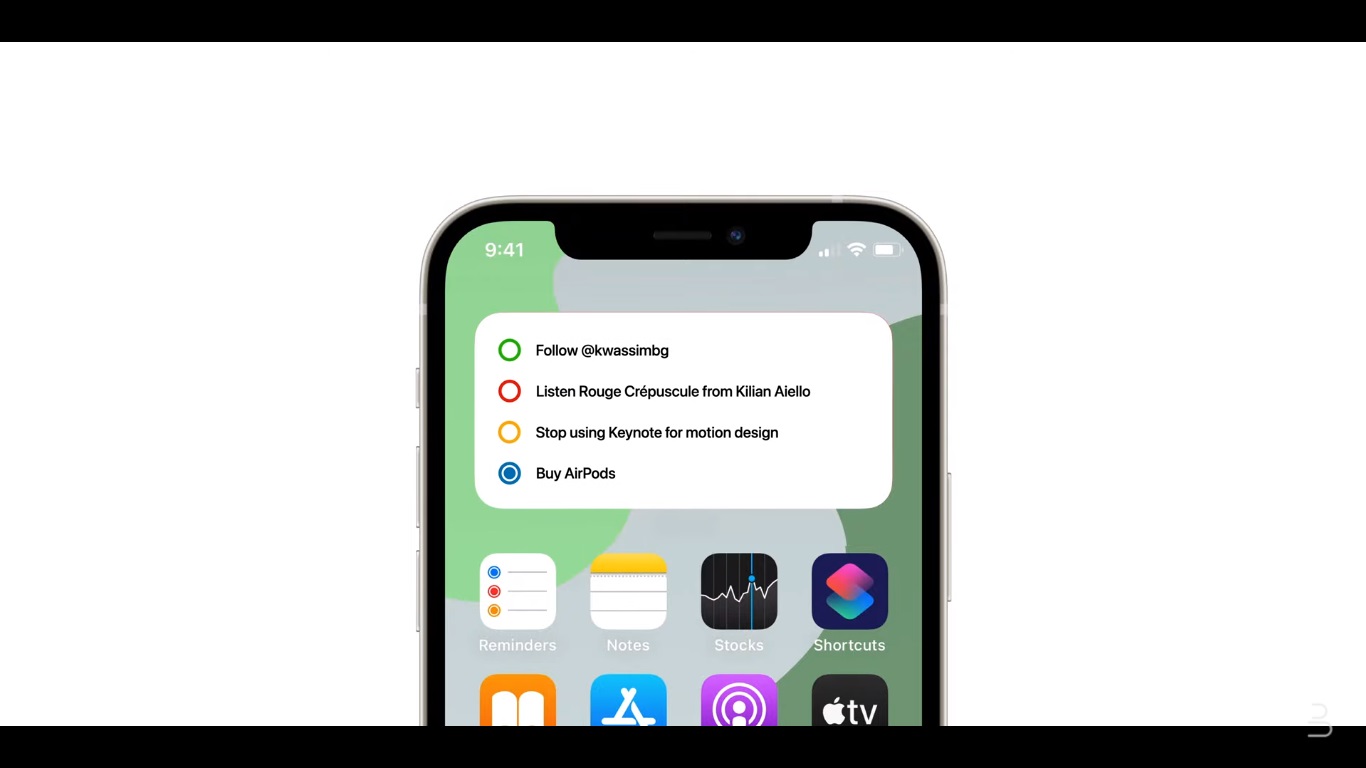

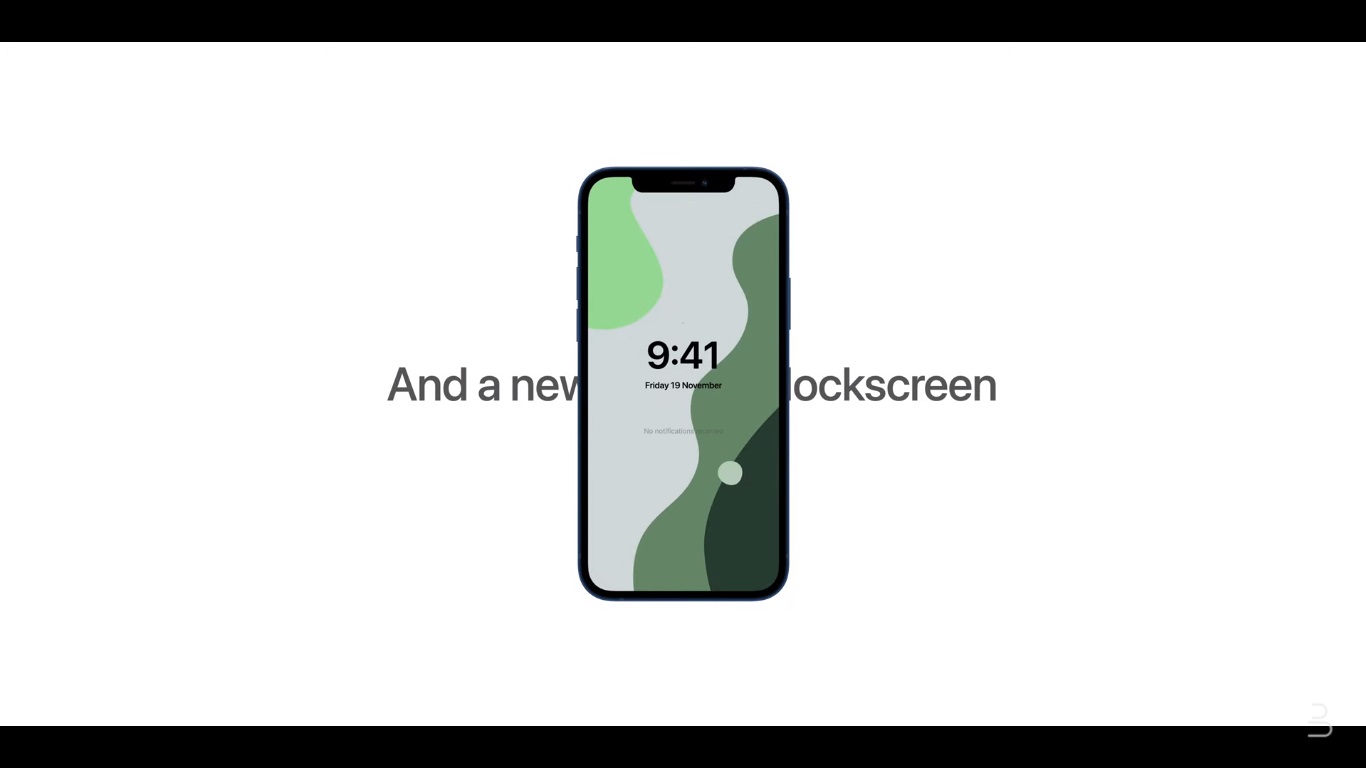
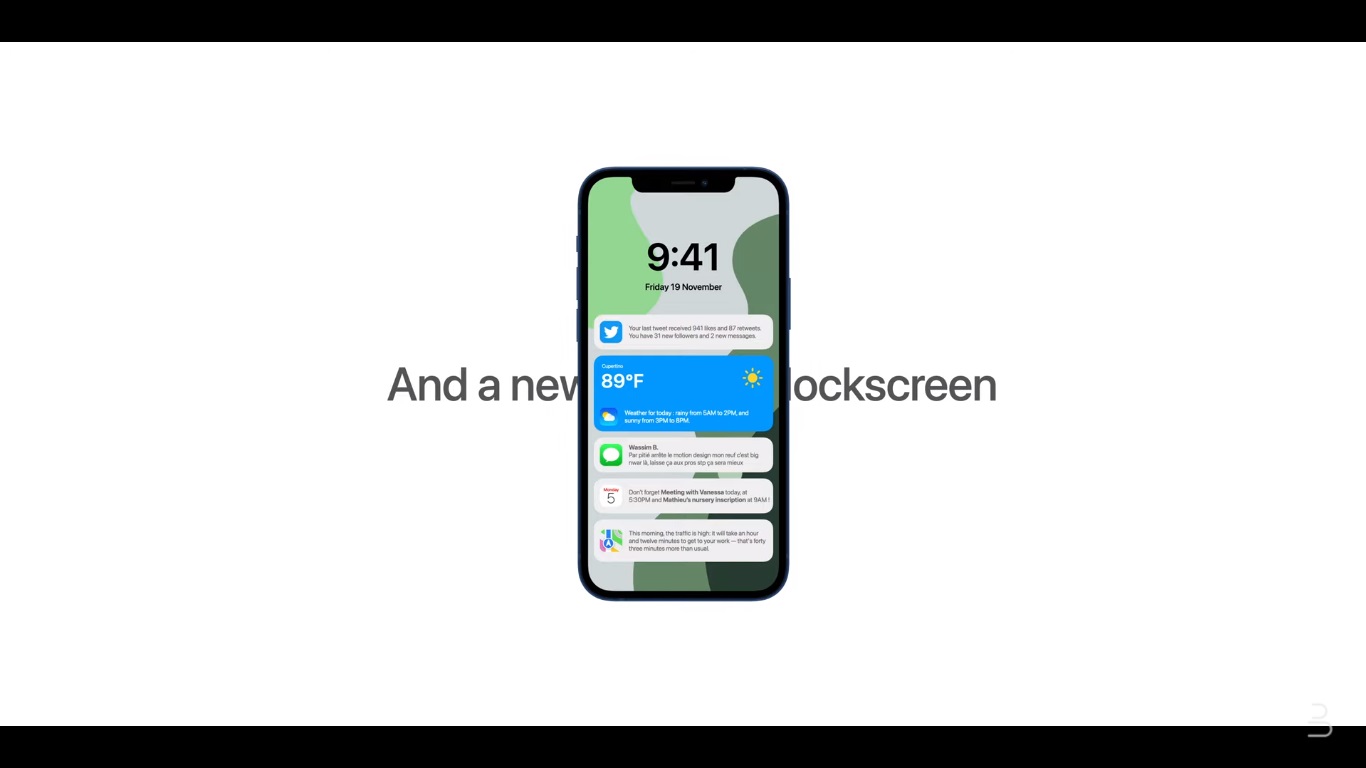
 Adam Kos
Adam Kos
iPhone 14 does not support Wi-Fi 6E, see e.g. https://www.macrumors.com/2022/09/07/iphone-14-no-wifi-6e-standard/